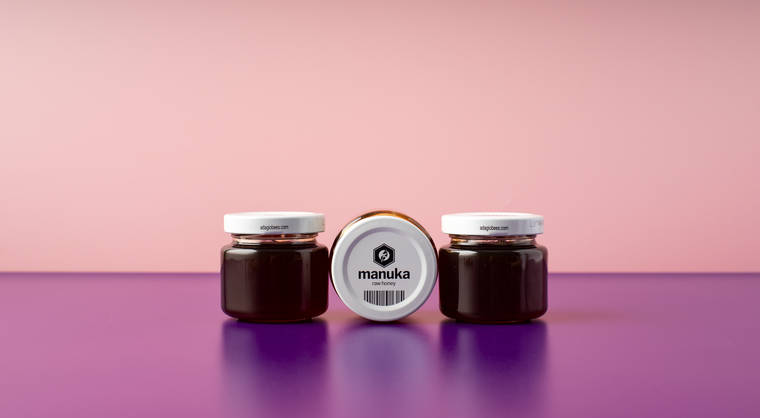Sweet Truths About Raw Honey
April 16, 2025

What Is Raw Honey, Anyway?
Let’s start with the basics. Raw honey is honey in its most natural form—straight from the hive, lightly strained, and never over-heated or pasteurized. That means it retains all the good stuff: enzymes, antioxidants, pollen, and a touch of waxy magic from the bees themselves.Unlike commercial honey, which is often heated to high temps, filtered extensively, and blended for uniform color and taste, raw honey is a bit of a wild card. And that’s what makes it wonderful.
Why Go Raw?
There’s more to raw honey than just its rustic charm. It packs a whole hive's worth of benefits, including:- Rich in antioxidants: Raw honey contains polyphenols and flavonoids that help fight inflammation and oxidative stress.
- Natural antibacterial properties: It can inhibit the growth of harmful bacteria—no wonder it’s been used as a wound salve for centuries!
- Soothes sore throats: One spoonful can ease irritation and coat the throat, especially in warm teas or lemon water.
- Supports digestion: With trace amounts of pollen and beneficial enzymes, raw honey can aid gut health.
- Unprocessed sweetness: No additives, no syrups, and no mystery ingredients—just honey, as the bees intended
What’s That Crunch? Crystallization Explained
Open a jar of raw honey and find it’s turned thick or grainy? Congratulations—you’ve got the good stuff.Crystallization is a completely natural process that happens when the glucose in honey separates from the water and forms crystals. The rate at which this happens depends on factors like temperature, glucose content, and even the type of flowers the bees visited.
Unlike the smooth syrupy texture of commercial honey, raw honey tends to crystallize more quickly. That’s because it hasn’t been heat-treated to delay the process.
And here’s the best part: crystallized honey isn’t spoiled or bad. It’s still just as delicious and nutritious—some even prefer its creamy, spreadable texture!
Want to soften it? Just place your jar in warm (not boiling) water and stir gently until it loosens up.

Color Changes Over Time
If you’ve noticed your honey looking a little darker than when you first bought it, don’t panic—it’s totally normal.Raw honey can darken with age due to a natural chemical reaction called the Maillard reaction (yep, the same one that browns your toast). This happens faster if it’s stored in warm conditions. It might also become more opaque or cloudy over time, especially if it’s unfiltered.
Color and flavor can also vary wildly between batches of raw honey, depending on:
- The flowers and plants the bees visited
- The region and climate
- When it was harvested
So if your raw honey looks different than your friend’s jar or even the last one you bought—don’t worry! That’s part of its charm.
Raw vs. Commercial Honey: What’s the Buzz?
Let’s break it down:Raw Honey
Processing: Minimal filtering, no high heat
Enzymes & Antioxidants: High
Flavor Variability: Unique to region/season
Crystallization: Yes, more likely
Commercial Honey
Processing: High-heated, filtered, often blended
Enzymes & Antioxidants: Often reduced or lost/destroyed
Flavor Variability: Uniform and standardized
Crystallization: Less likely due to processing
In short: raw honey gives you the full bee-to-jar experience. It’s more flavorful, more beneficial, and more in tune with nature than its mass-produced counterpart.
How to Store Raw Honey
Want to keep your golden goodness in tip-top shape? Here's how:- Store at room temperature, away from direct sunlight.
- Use a clean, dry spoon to prevent introducing moisture or bacteria.
- Keep it tightly sealed to preserve flavor and texture.
Don’t refrigerate it—that’ll speed up crystallization. And honestly, it doesn’t need to be chilled. Raw honey is naturally shelf-stable and practically immortal.
The Final Drizzle
Raw honey isn’t just sweet—it’s smart. It delivers flavor, function, and a story in every spoonful. Whether you're swirling it into tea, spreading it on toast, or enjoying it straight from the jar (we won’t tell), it’s a pantry staple with centuries of street cred.So go ahead—grab a jar of the raw stuff and taste the buzz for yourself.